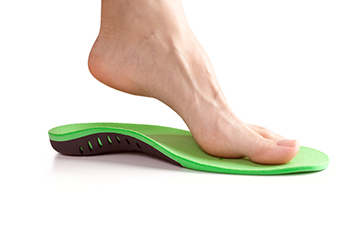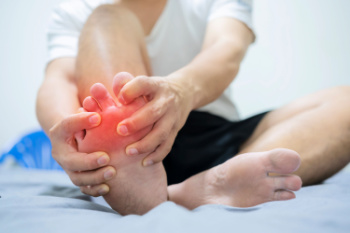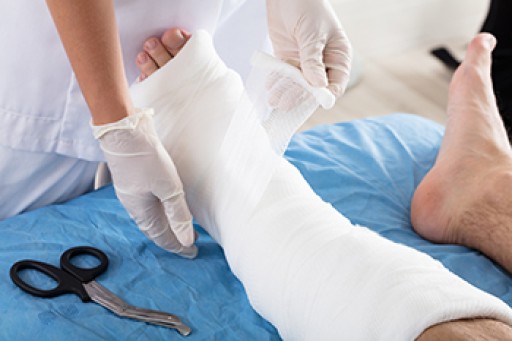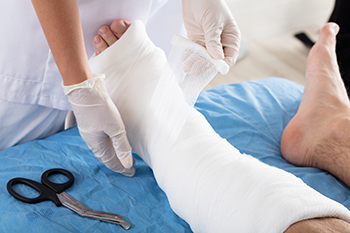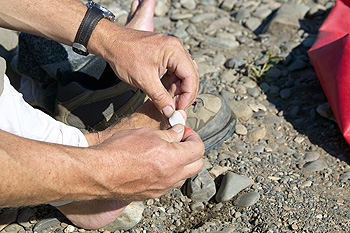
Blisters are a frequent issue for hikers and can make even the most enjoyable trek uncomfortable. They form when repeated pressure and friction cause the skin layers to separate, allowing fluid to accumulate as a protective response. Direct friction from ill-fitting boots or socks rubbing against the skin increases the risk of blister formation. Moisture from sweat or wet conditions softens the skin, making it more prone to irritation and damage. Extended hiking over rough or uneven terrain can further intensify these effects. Foot blisters can be painful, causing hiking to become difficult. If you have developed a blister while hiking, it is suggested that you visit a podiatrist who can offer you relief and preventative methods.
Blisters may appear as a single bubble or in a cluster. They can cause a lot of pain and may be filled with pus, blood, or watery serum. If your feet are hurting, contact Terri Quebedeaux, DPM of Agave Podiatry . Our doctor can provide the care you need to keep you pain-free and on your feet.
Foot Blisters
Foot blisters are often the result of friction. This happens due to the constant rubbing from shoes, which can lead to pain.
What Are Foot Blisters?
A foot blister is a small fluid-filled pocket that forms on the upper-most layer of the skin. Blisters are filled with clear fluid and can lead to blood drainage or pus if the area becomes infected.
Symptoms
(Blister symptoms may vary depending on what is causing them)
- Bubble of skin filled with fluid
- Redness
- Moderate to severe pain
- Itching
Prevention & Treatment
In order to prevent blisters, you should be sure to wear comfortable shoes with socks that cushion your feet and absorb sweat. Breaking a blister open may increase your chances of developing an infection. However, if your blister breaks, you should wash the area with soap and water immediately and then apply a bandage to the affected area. If your blisters cause severe pain it is important that you call your podiatrist right away.
If you have any questions, please feel free to contact our offices located in Seguin, LaVernia, Gonzales, and Lockhart, TX . We offer the newest diagnostic and treatment technologies for all your foot care needs.






